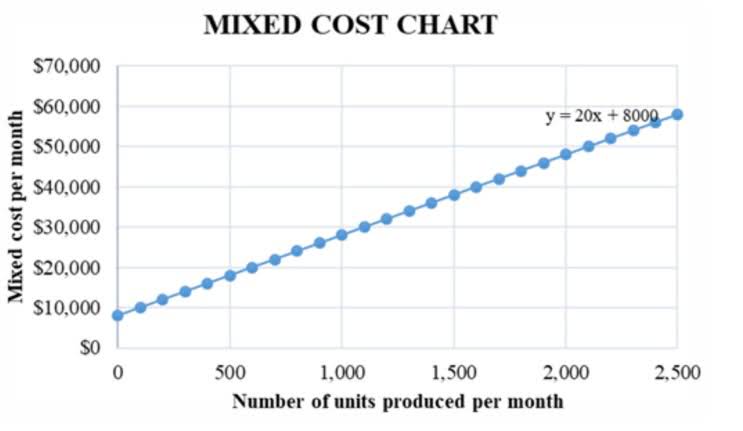
On the other hand, a long business OC takes a long time for a corporation to convert purchases into cash through sales. An OC is the number of days it takes for a company to receive inventory, sell goods, and earn cash from the sale of merchandise. To be more exact, payable turnover days measure how quickly a corporation can pay off its financial commitments https://www.bookstime.com/ to suppliers. This cycle provides an insight into the operating efficiency of the company. This is useful in estimating the Cash cycle in a working capital requirement for maintaining or growing an organization’s operations. The shorter Cash cycle indicates that the company recovers its investments quicker and hence has less cash tied up in working capital.

Helps to measure a company’s financial health
- It is important to note that all companies work towards maintaining a short working capital cycle.
- By building strong relationships and optimizing payment schedules, businesses can shorten their operating cycle and improve overall financial health.
- All of our content is based on objective analysis, and the opinions are our own.
- No, different types of companies often have varying lengths in their operating cycles due to industry specifics.
- Employers looking to streamline their operations and boost profitability should pay close attention to their operating cycles.
To improve your DSI, consider implementing inventory optimization techniques, such as demand forecasting, JIT inventory management, and safety stock management, as discussed earlier in this guide. Let’s dive deeper into practical applications and examples to illustrate how the operating cycle formula works. There is no change in the days required to convert inventory to accounts receivable.

Step 2 of 3
- The operating cycle formula adds the days inventory outstanding to the days inventory outstanding.
- This ratio is typically calculated by dividing total sales by total inventory.
- However, OC varies across industries, sometimes extending to more than a year for some sectors, for example, shipbuilding companies.
- Operational efficiency also affects finance because it affects things like cash flow and inventory levels.
- Also, high inventory turnover can reflect a company’s efficient operations, which in turn lead to increased shareholder value.
- Thus, understanding where the figure is coming from allows you to make much more informed decisions.
Efficient operating cycles play a crucial role in the success and sustainability of businesses across various industries. By understanding the impact of optimizing the operating cycle, companies can enhance their financial health, streamline operations, and ultimately improve their bottom line. Additionally, experts suggest that businesses should strive to negotiate favorable terms with suppliers and customers to minimize the time it takes to complete the operating cycle. By building strong relationships and optimizing payment schedules, businesses can shorten their operating cycle and improve overall financial health.
Efficient Accounts Receivable Practices
Remember, your operating cycle is not static; it requires continuous attention and adaptation to changing market conditions. By implementing the strategies outlined in this guide and staying vigilant, you can achieve a more efficient operating cycle, setting your business on the path to financial success. To reduce your DSO, focus on efficient accounts receivable practices, including clear credit policies, prompt invoicing, automated reminders, regular reconciliation, and offering early payment incentives.
Free Resources
Reducing costs while also increasing speed and improving quality can be beneficial to business owners. Increased profits are often the end result of running a business more efficiently. An effective way to shorten your operating cycle is to calculate the number of working days required to sell off the inventory. In this case, you must come up with an appropriate strategy for sales to decrease the inventory time. A negative operating cycle suggests that a business can quickly turn its current assets into cash, resulting in a shorter cycle. Conversely, long operating cycle means that current assets are not being turned into cash very quickly.
Submit Your Info Below and Someone Will Get Back to You Shortly.

Together these figures form the operating cycle length – revealing how quickly a business can convert its products into cash through sales and collection efforts. An operating cycle tracks the time from buying inventory to getting cash from sales. In the world of business, time is more than just seconds ticking on a operating cycle clock—it’s about how quickly a company can turn its products into cash. For many businesses, understanding this rhythm—known as the operating cycle—can mean the difference between staying afloat and sinking fast. Length of a company’s operating cycle is an indicator of the company’s liquidity and asset-utilization.







